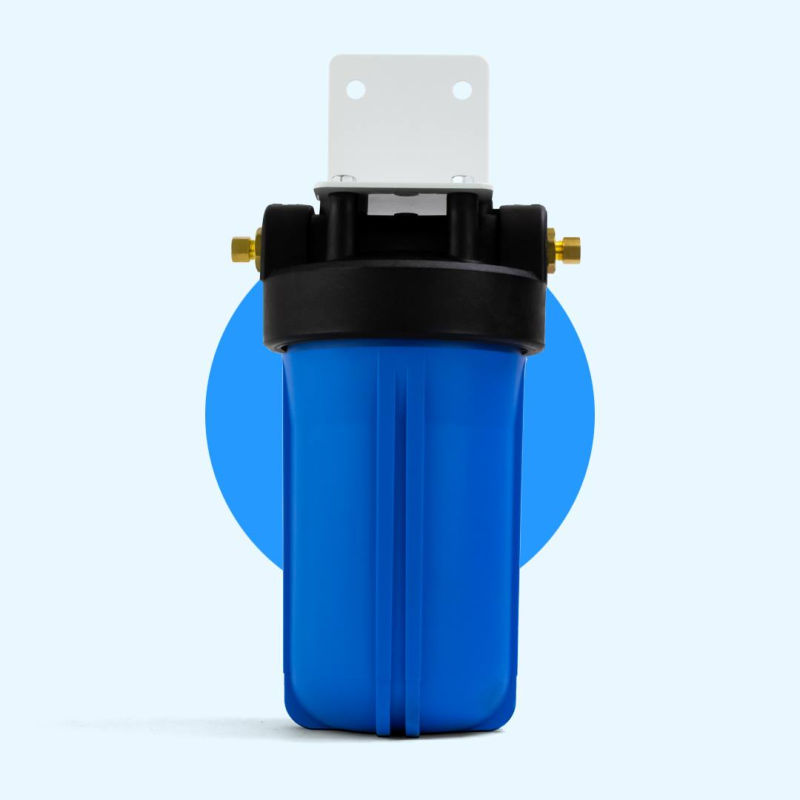The foreign exchange or Forex market is daunting to many, with its staggering figures and complex terminology. Despite this, many traders find it to be a lucrative business venture due to the market’s volatility. However, one must first master key concepts before delving into Forex trading
As a Forex trader, it’s essential to understand support and resistance levels, which are the foundation of technical analysis. This blog post will explain these concepts and how they help traders make informed trading decisions.
1. What are Support and Resistance Levels?
Support and resistance levels are price points at which trading activities experience considerable pressure from buyers or sellers. In technical trading, support signifies the lowest price level to which a currency pair, commodity, or stock can drop before rising again. Resistance, on the other hand, indicates the highest price a currency pair, commodity or stock can reach before dropping again. Resistance forms a ceiling while support forms a floor on a price chart.
2. How to Identify Support and Resistance Levels
In Forex trading, support and resistance are identified through trend lines or price charts. An upward-trending line indicates support while a downward-moving line indicates resistance. To ascertain these levels, traders use horizontal lines to map out areas where prices repeatedly consolidate or bounce back. For example, you can identify a support area if a currency pair’s price falls, drives back up, falls again, and then rises again.
3. Why Understanding Support and Resistance Levels is Vital
Traders utilize support and resistance levels to make informed trading decisions and manage risk. By recognizing areas where prices are likely to bounce back, traders can ride the market and make a profit. For example, if a currency pair’s price is trending downward towards a support level, traders may purchase expecting an upward rebound.
Knowing when to enter and exit trade positions helps traders lower risk exposure. It’s vital to identify both resistance and support levels since it serves as an indicator of future price action. Resistance levels can indicate the end of an upward trend, which triggers traders to sell. Similarly, support levels indicate a downward trend’s conclusion, triggering traders to buy.
4. How to Trade Using Support and Resistance Levels
Traders use support and resistance levels to gauge price patterns in the market. These levels indicate the market’s overall sentiment, e.g., bearish or bullish trends. By anticipating the market sentiment, traders can time their trades to align with a currency pair’s expected upward or downward movement.
Traders can also use these levels to create strategies, such as breakouts. For example, when a currency pair’s price surpasses a resistance level, traders may expect the price to continue rising, triggering traders to purchase. Similarly, when a supported currency pair’s price breaks through its support level, traders may anticipate a decline.
Conclusion:
Support and resistance levels are vital aspects of technical analysis in Forex trading. Understanding these levels can help traders accurately anticipate future price movements in the market. Additionally, knowing when to enter and exit trades reduces risk exposure. Trading successfully requires a thorough understanding of these levels, and their role in technical analysis. With this knowledge, traders can navigate the Forex market and profit from it.


